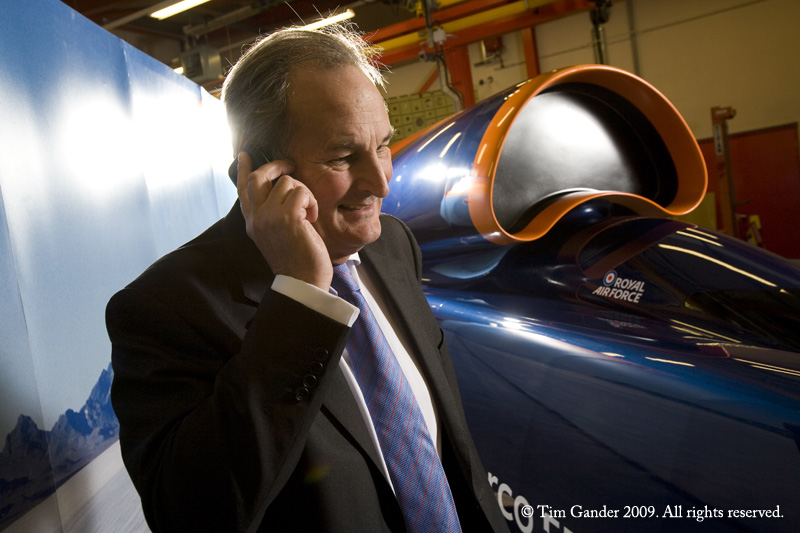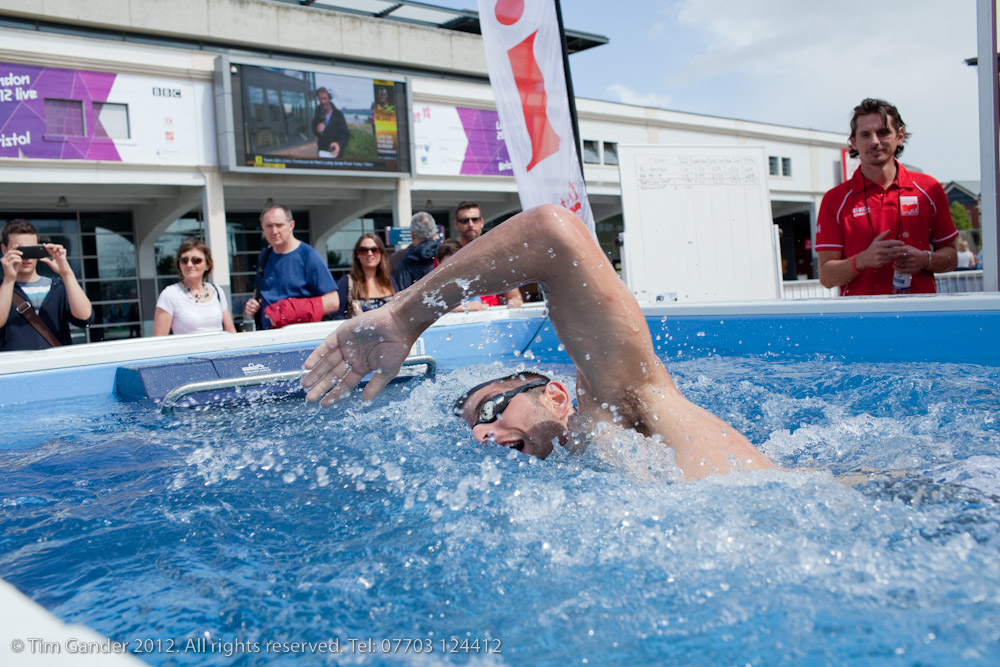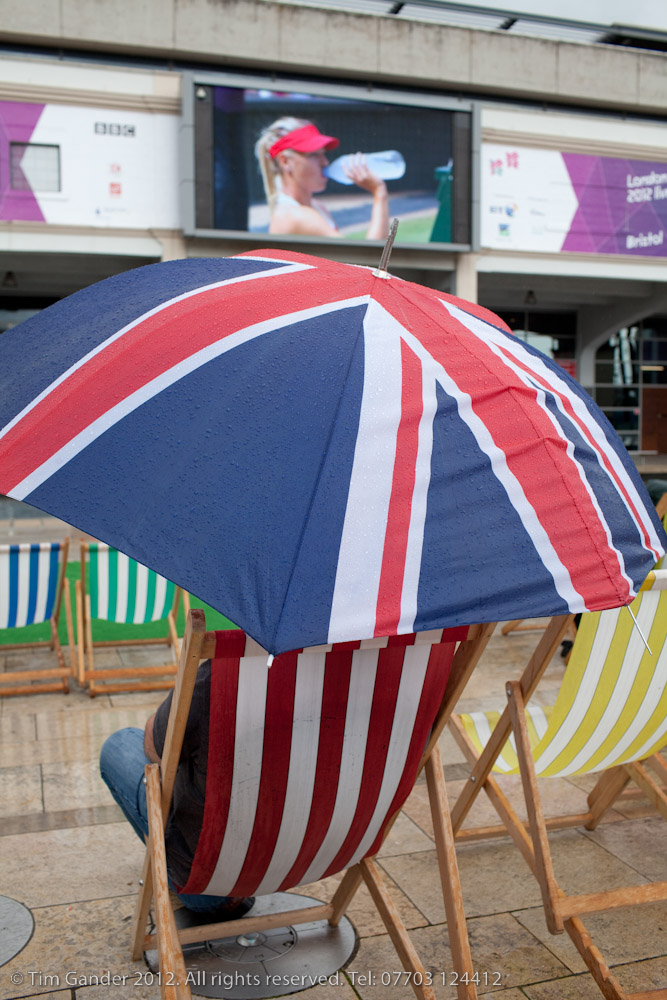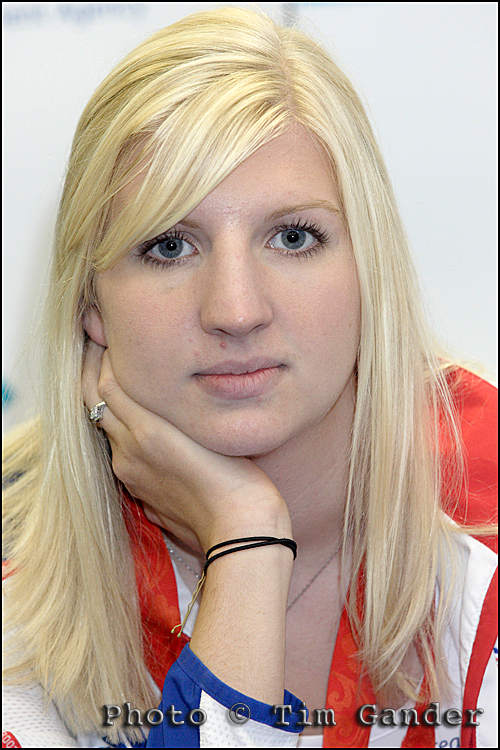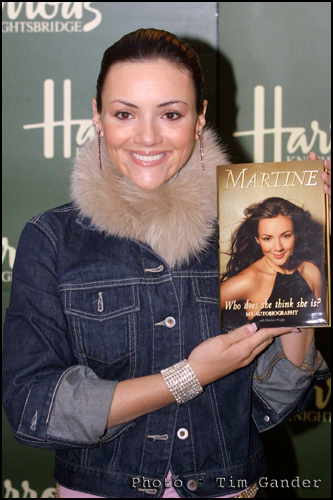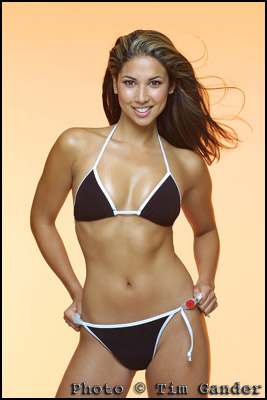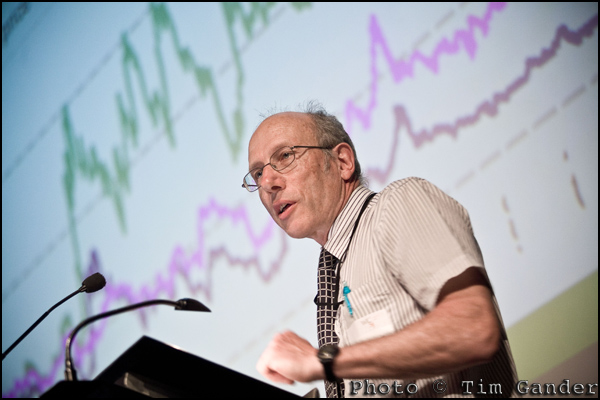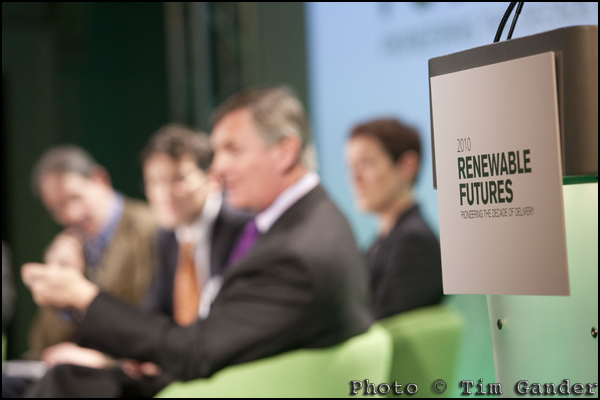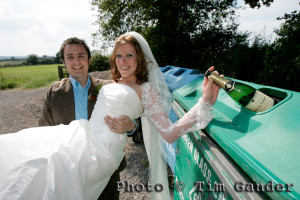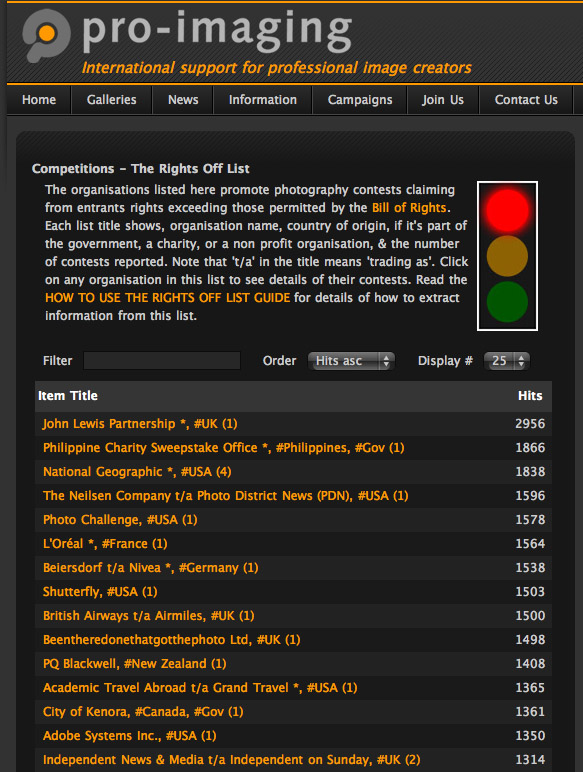It’s a chicken and egg sort of scenario; you need a photographer for your next project, be that headshots, a PR campaign or website refresh, but you don’t know what the cost will be. If you look around on photographers’ websites you might get an idea from their fees pages (most photographers don’t publish guideline fees, which can be unhelpful), but even then, you don’t know what the budget should be.
In the meantime, the CEO or company accountant will want to set a budget for you to go and spend without exceeding it, but they won’t necessarily know what’s involved or what a photographer is likely to charge.
The other problem is you might not know how much time will be required to get what you need. It’s likely it isn’t your job to know, because you probably don’t book photography regularly enough to get a feel for what can be achieved in a given time period. Well, let me simplify and shorten the process of working out what you should be looking to spend.

Bear in mind events, conferences and large gatherings tend to generate more images which can affect fees
Start with the brief. I set out here what’s required in a brief and it’s important to make sure you have some idea of how many photos are required and what they are to be of. Take into account that mixing headshots, product shots, more feature-friendly portraits and other disciplines will extend the amount of time required because each will need a different set-up. Lighting, lenses and location will often change from one scenario to the next.
Now look at what uses the images will be put to. List them all from social media to local press/public relations (PR), trade PR, national PR, through company website, brochure, pitch documents and general corporate communications and also say if they’re going to be used in advertising. This is really important because any photographer worth their salt will set fees to reflect the levels of use you require (my standard fees cover all uses from social media, through press/public relations to company website use, but paid-for advertising is negotiated separately).
If it’s an event with set timings, look at the time period for which coverage is required. Having a start and finish time will help define the time the photographer needs to spend on site.
Consider any special requirements; props, backdrops, locations, transport and so on.
All of this can be talked through with a photographer, but the more information you have from the start, the easier it’ll be for a photographer to put an estimate together. Every so often I’ll get an email asking how much I’ll charge for “some photos,” which really isn’t enough information to work on.
Once you have a reasonable idea of what’s required, you can start to find photographers who cover the kind of work you need to get done. Use relevant search terms (discipline and location i.e. “corporate photographer Bristol”) in a search engine to find what you need. Check out online portfolios for the quality, style and content which most closely matches your brief, then call or email the most likely-looking candidates.
Of course I can’t speak for other photographers, but armed with this level of information I can help a client choose which of my fee packages will best suit their needs. It might be we have to negotiate on elements which don’t fit the standard fees, or it might be a reduced fee will cover everything. On the whole I find my fee structure helps the client get what they need with the minimum of admin and to-ing and fro-ing over details.
Even with a fairly detailed brief, I like to follow up an enquiry with a phone call just to clarify any points I need more information on and also to introduce myself personally to the client. It’s good to know who you’re going to be working with, and that cuts both ways.
This might seem like a bit of an effort, but it’s well worth it to get the best from the photographer before, during and after the event. Next week I’ll expand on how photographers set their fees and where I fit in the market. I bet you can’t wait!

